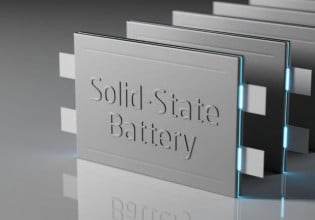WiTricity and Intel Partner to Integrate Wireless Charging into Consumer Products
WiTricity Corp. today announced a technology licensing agreement with Intel Corporation. As part of this licensing agreement, WiTricity will work with Intel to integrate WiTricity's patented technology to enable efficient, high performance wireless charging solutions for computing devices powered by Intel, enabling more freedom and a seamless wireless charging experience for users. The agreement is centered on the Rezence™ specification, which was developed by the Alliance for Wireless Power (A4WP), and has been adopted by the world’s leading mobile chipmakers, mobile phone manufacturers, and other key industry players. Both Intel and WiTricity are board members of the A4WP, helping to drive the technical direction and adoption of the Rezence specification.
“We have overwhelming feedback from end users that they are frustrated with dealing with all the different wires and power adapters for their devices – phones, tablets & PCs.†said Sanjay Vora, Intel Vice President and General Manager of User Experience. “At Intel, we have a vision to eliminate all wires from all of our platforms. This agreement is a major step in the right direction enabling our companies to work together to deliver the next generation of devices that eliminate the need for power cords.â€
“Mobility has become central to all forms of computing, and wireless charging is becoming a necessity, not a luxury,†said WiTricity CEO Alex Gruzen. “WiTricity is excited about the possibilities created through our agreement with Intel, a leader in mobile computing for both consumers and businesses. We look forward to helping Intel enable the industry to create a new generation of wirelessly-powered devices.â€
The A4WP's Rezence near-field resonant technology delivers a consumer-friendly wireless charging experience. Rezence offers unique benefits including simultaneous charging of multiple devices with differing power requirements, 'spatial freedom' for additional reach in the z-direction, and eliminating the hassle of accurate coil alignment – all on a single charging surface or in a charging region.






